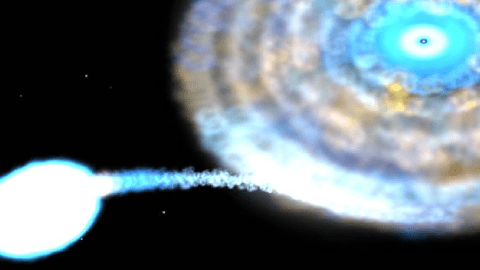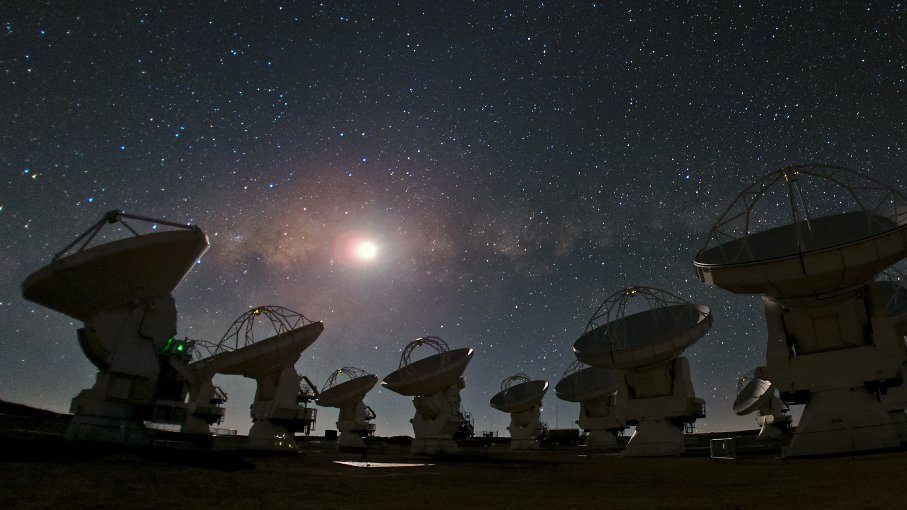These 2 stars have a “hyper-fast” 38-minute orbit

Some stars were born to revolve around each other. Bogart and Bacall. Cagney and Lacey. Affleck and Damon. But these two stars — a pulsar and a low-hydrogen white dwarf — are revolving around each other at an extremely fast rate of once every 38 minutes, the fastest rate found in space so far.
Because the white dwarf is low in hydrogen, it’s being led around by the much higher density pulsar, called IGR J17062–6143, orJ17062 if you’re into the whole brevity thing. It’s a rare site, and astrologists have been able to see this by measuring X-ray pulses from the pulsar. As J1 siphons off gasses from the white dwarf, it spins faster and faster with more and more material from the white dwarf ending up on the pulsar. Eventually, the atoms will fuse, causing a thermonuclear reaction.
Per NASA:
The researchers were able to determine that J17062’s stars revolve around each other in a circular orbit, which is common for AMXPs. The white dwarf donor star is a “lightweight,” only around 1.5 percent of our Sun’s mass. The pulsar is much heavier, around 1.4 solar masses, which means the stars orbit a point around 1,900 miles (3,000 km) from the pulsar. Strohmayer said it’s almost as if the donor star orbits a stationary pulsar, but NICER is sensitive enough to detect a slight fluctuation in the pulsar’s X-ray emission due to the tug from the donor star.
The findings originally appeared in The Astrophysical Journal Letters.





